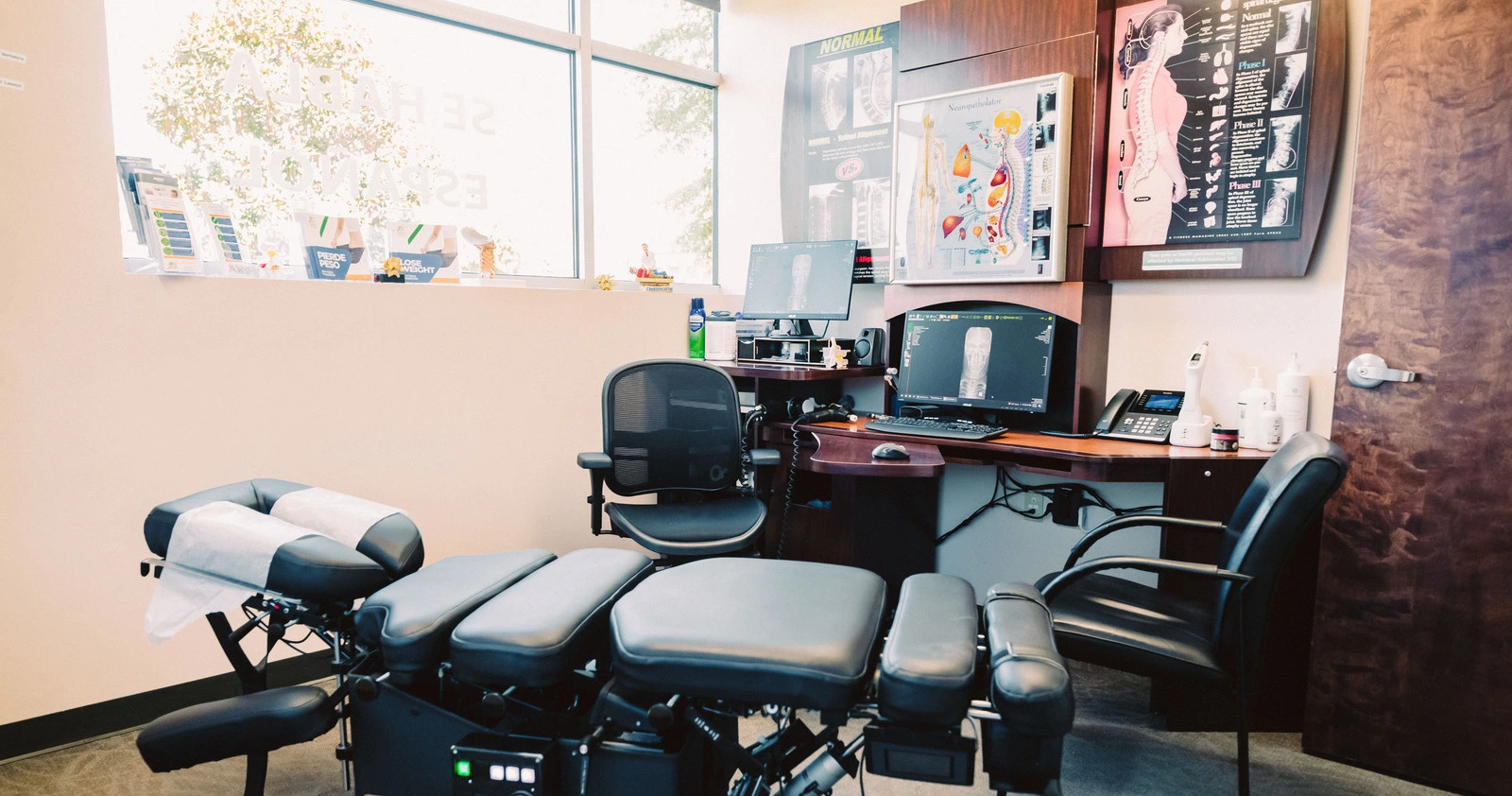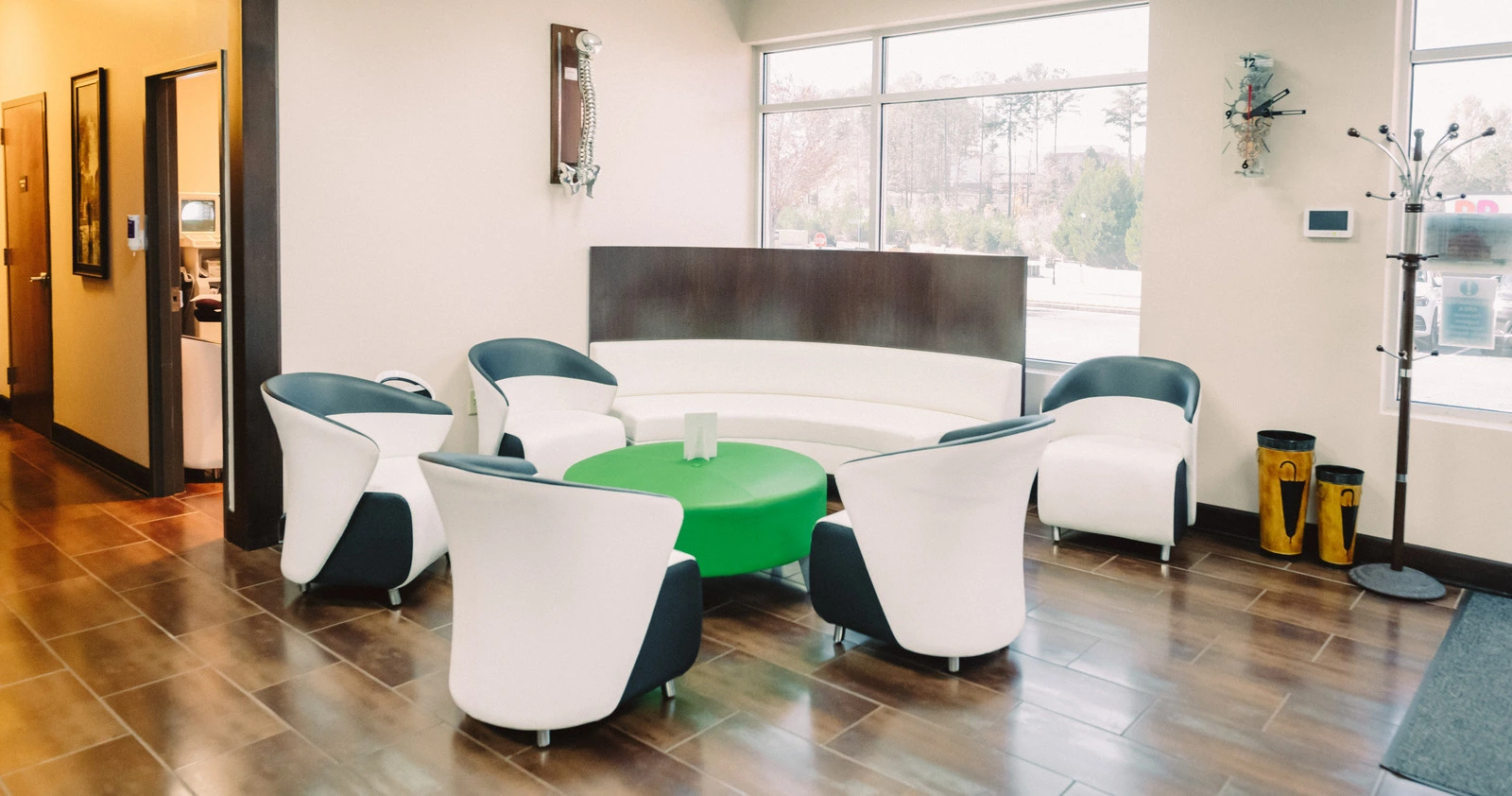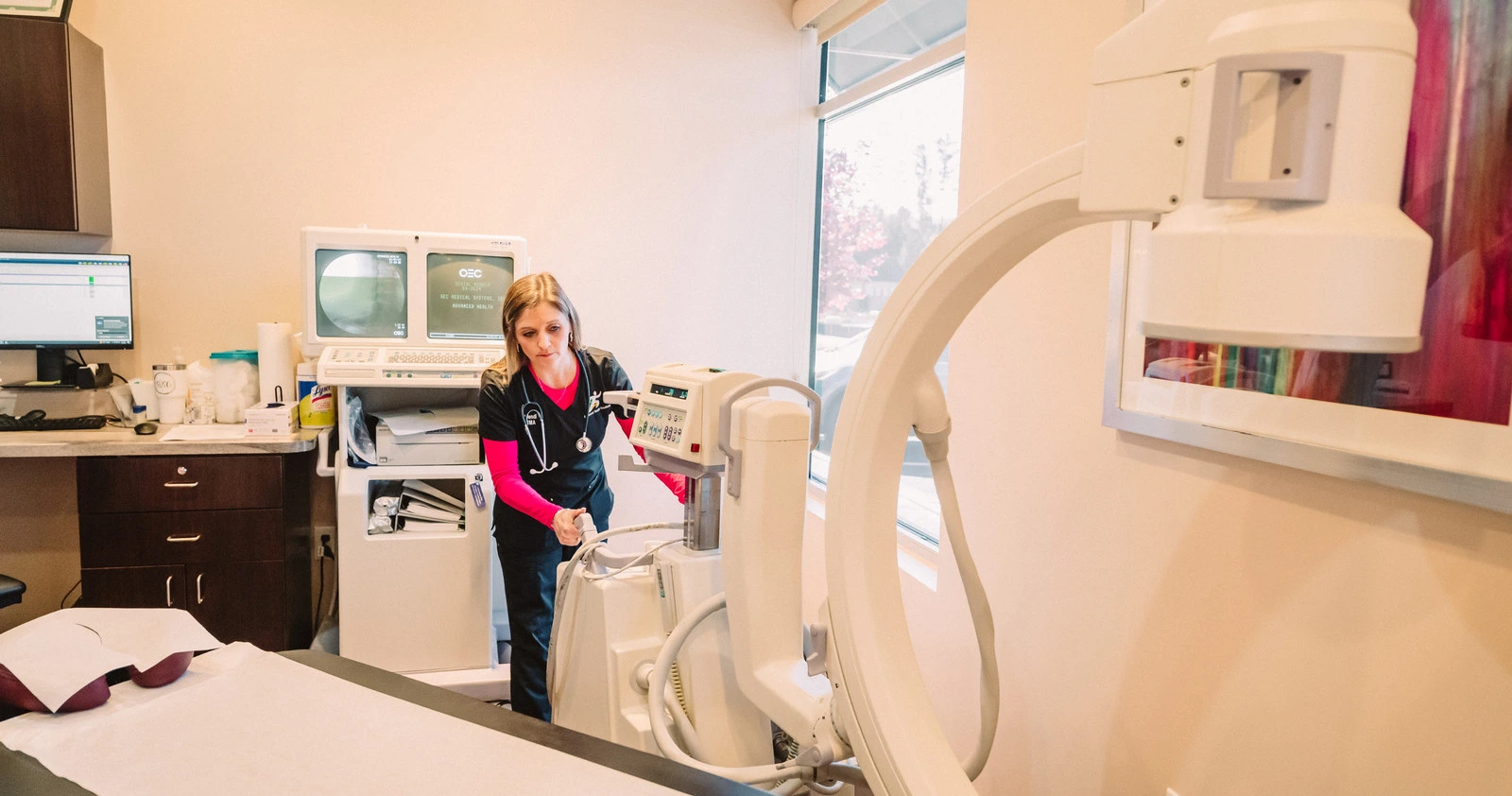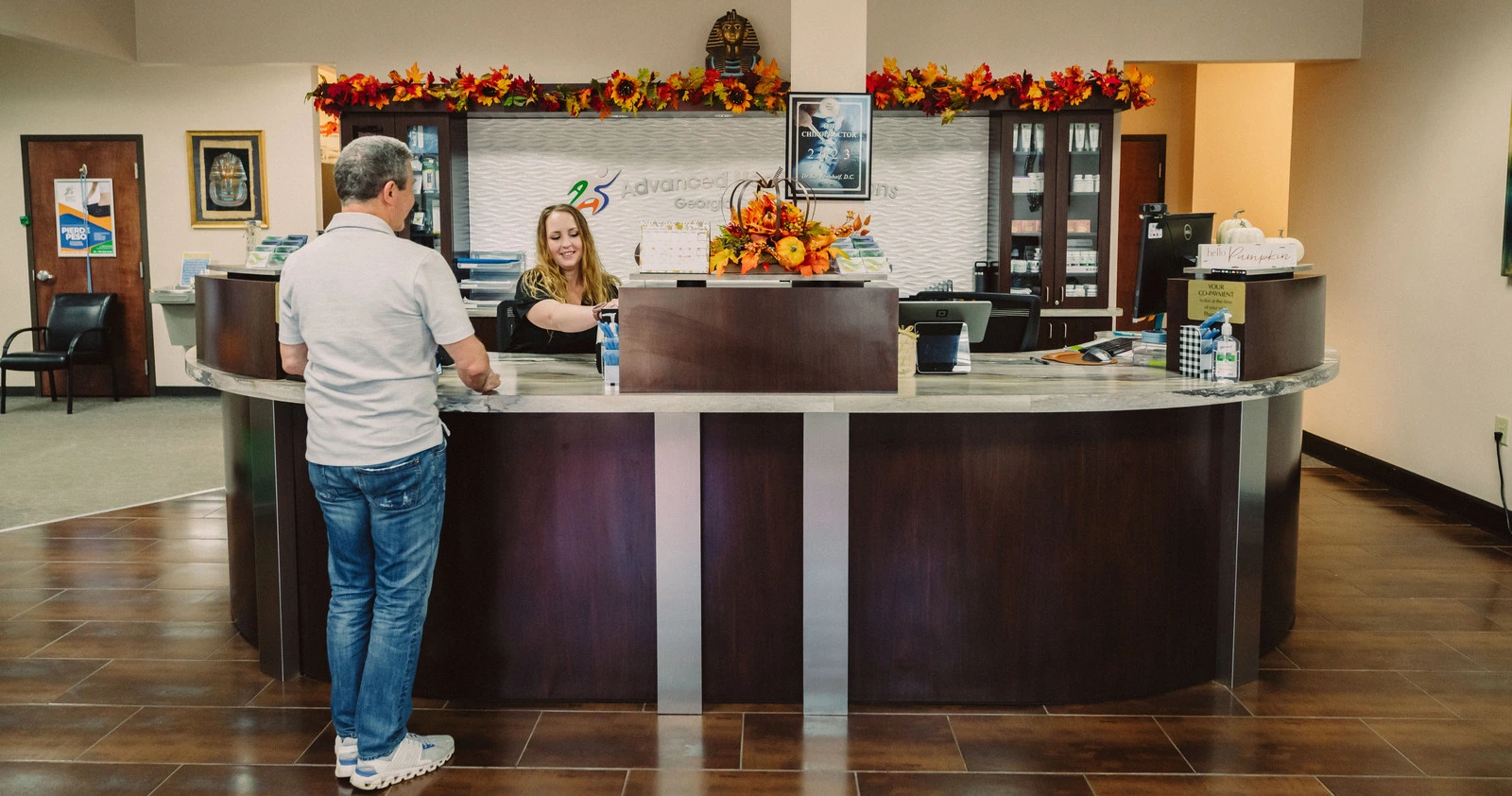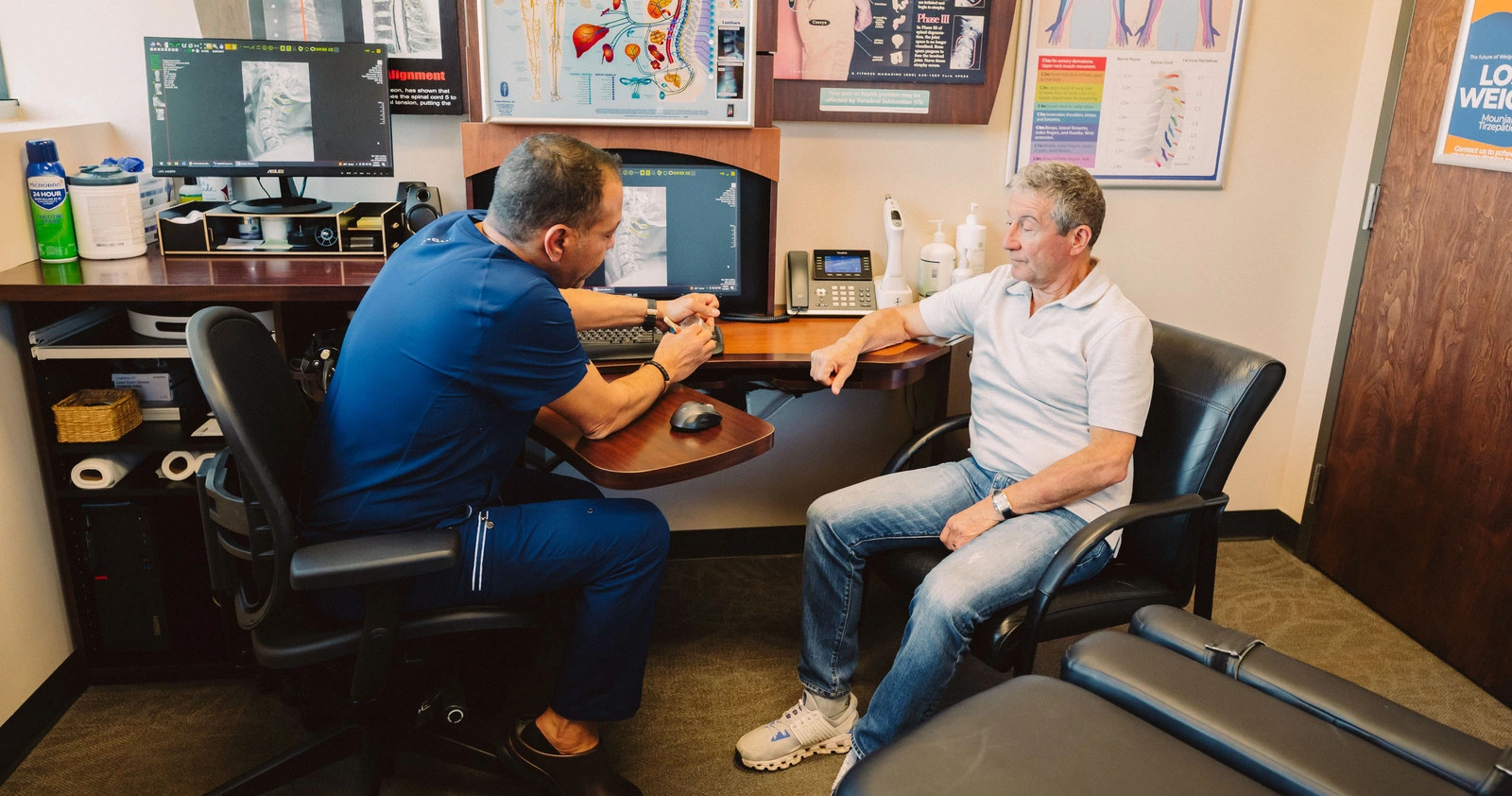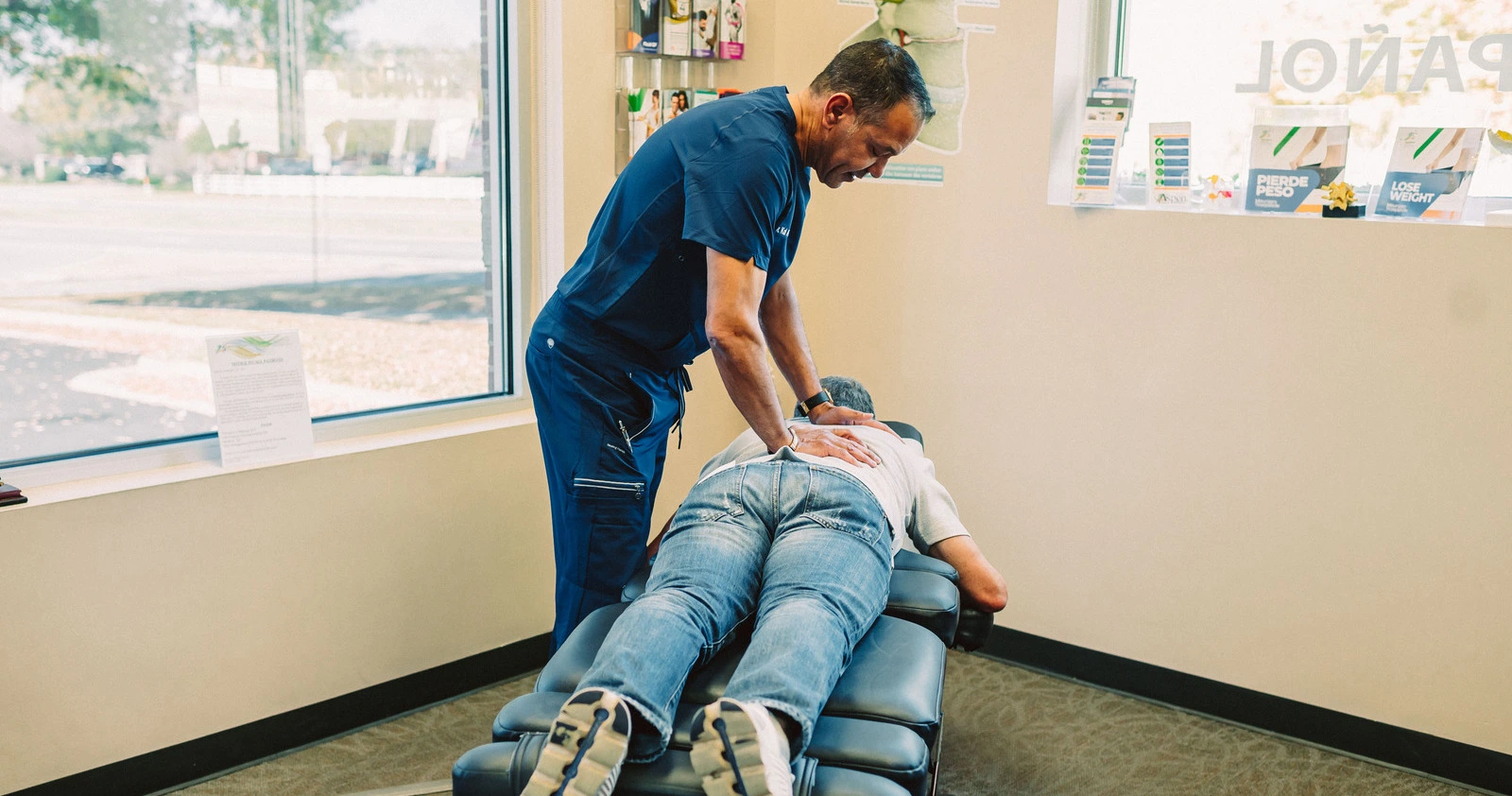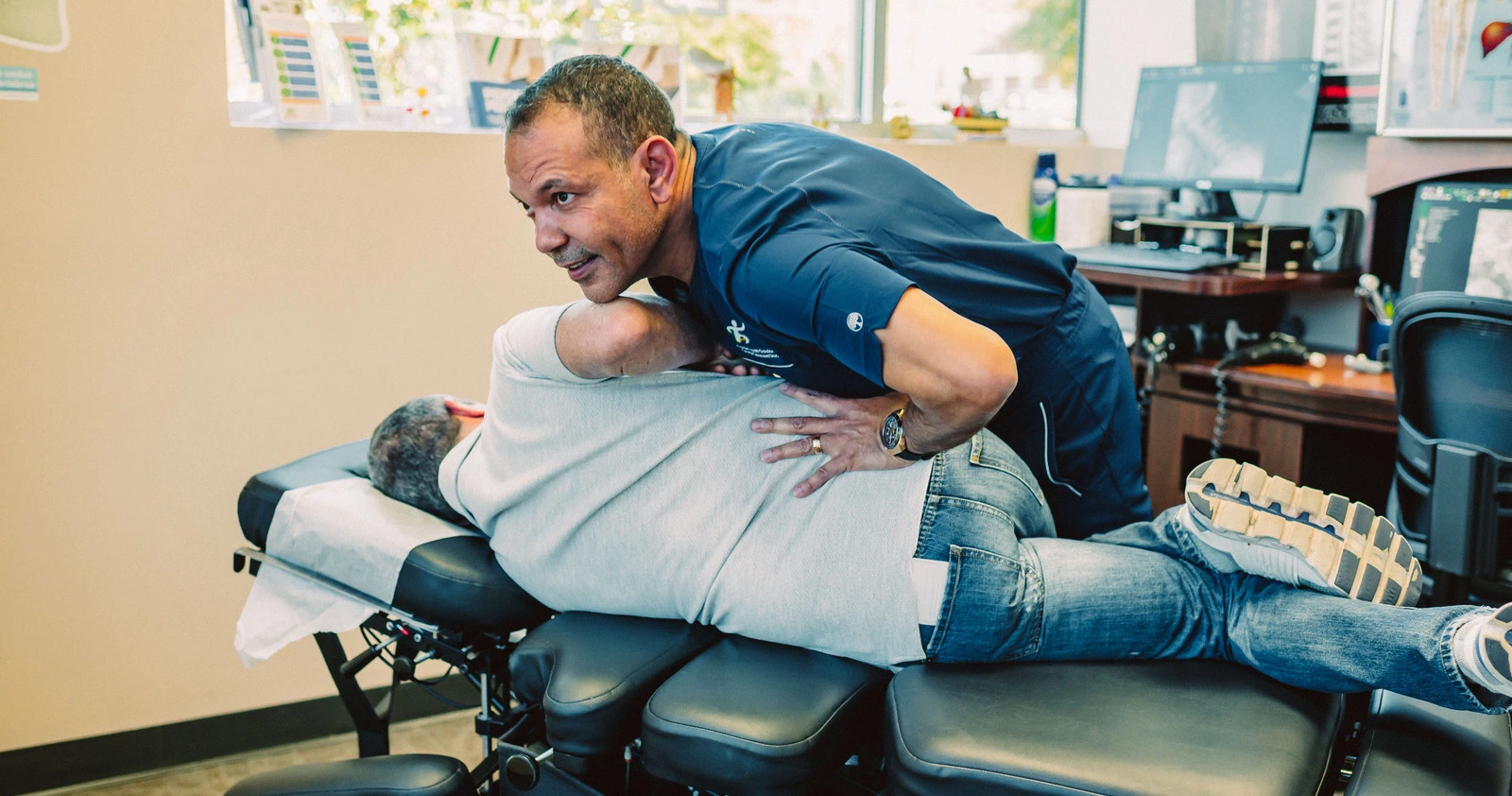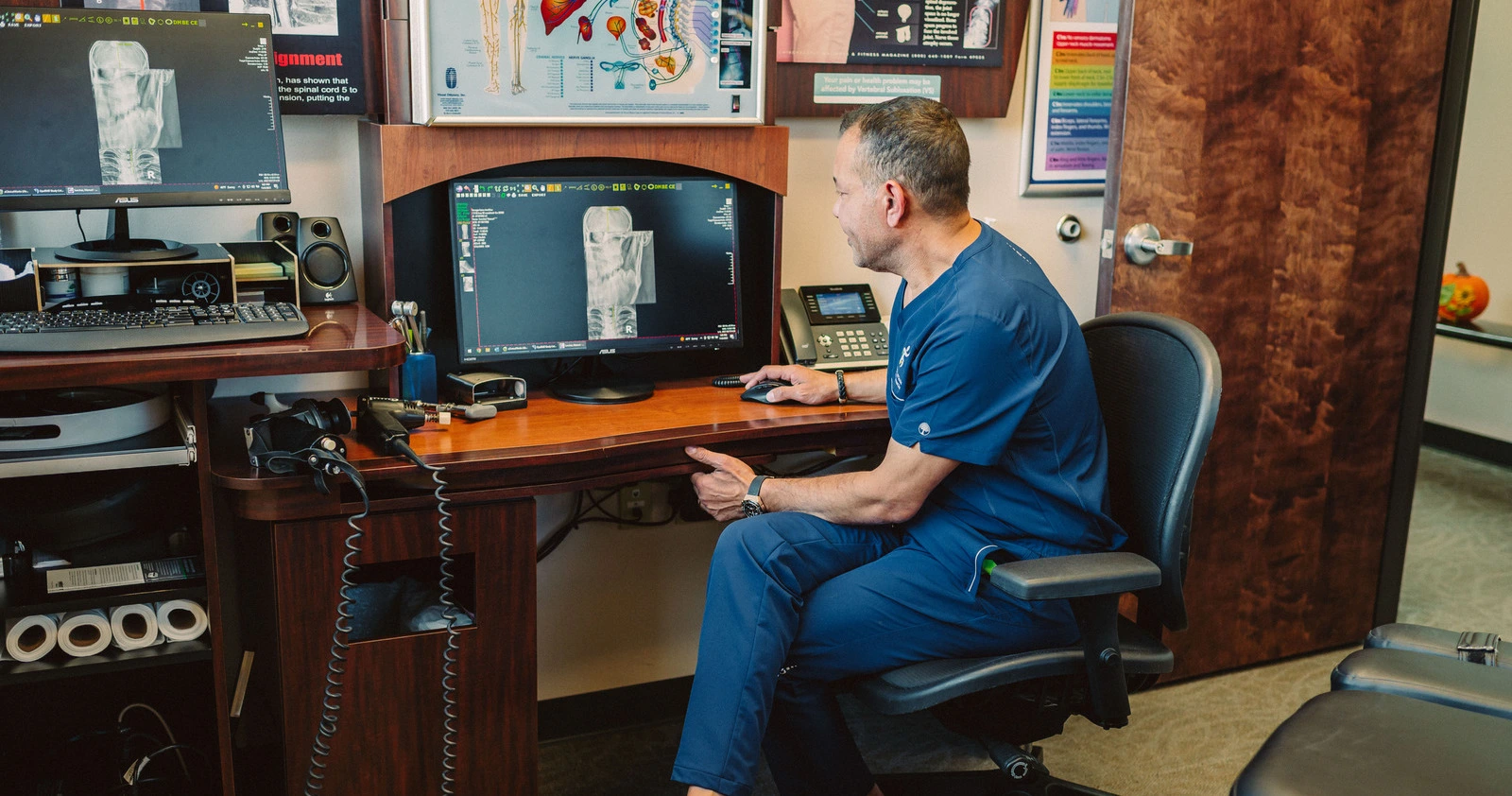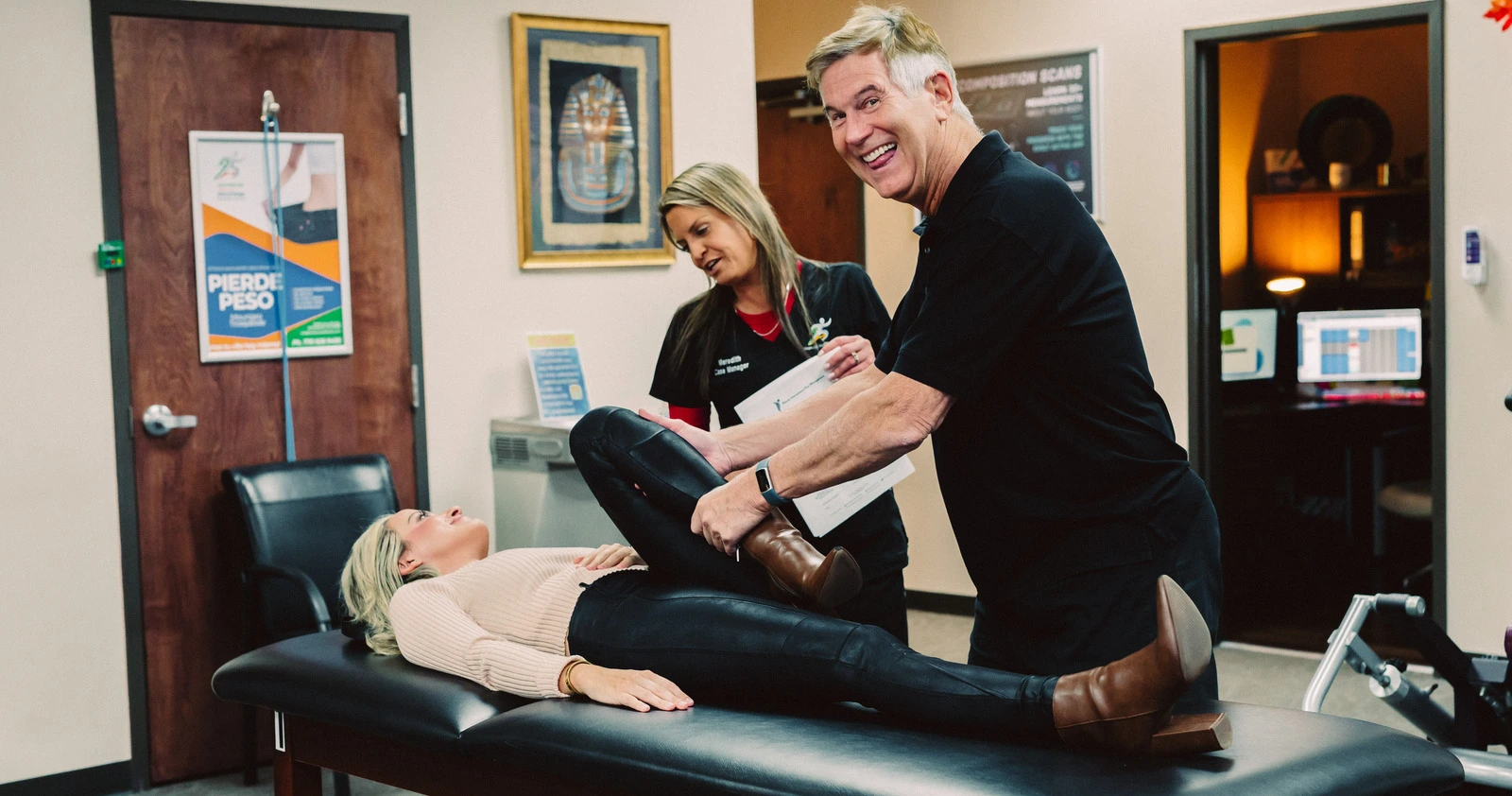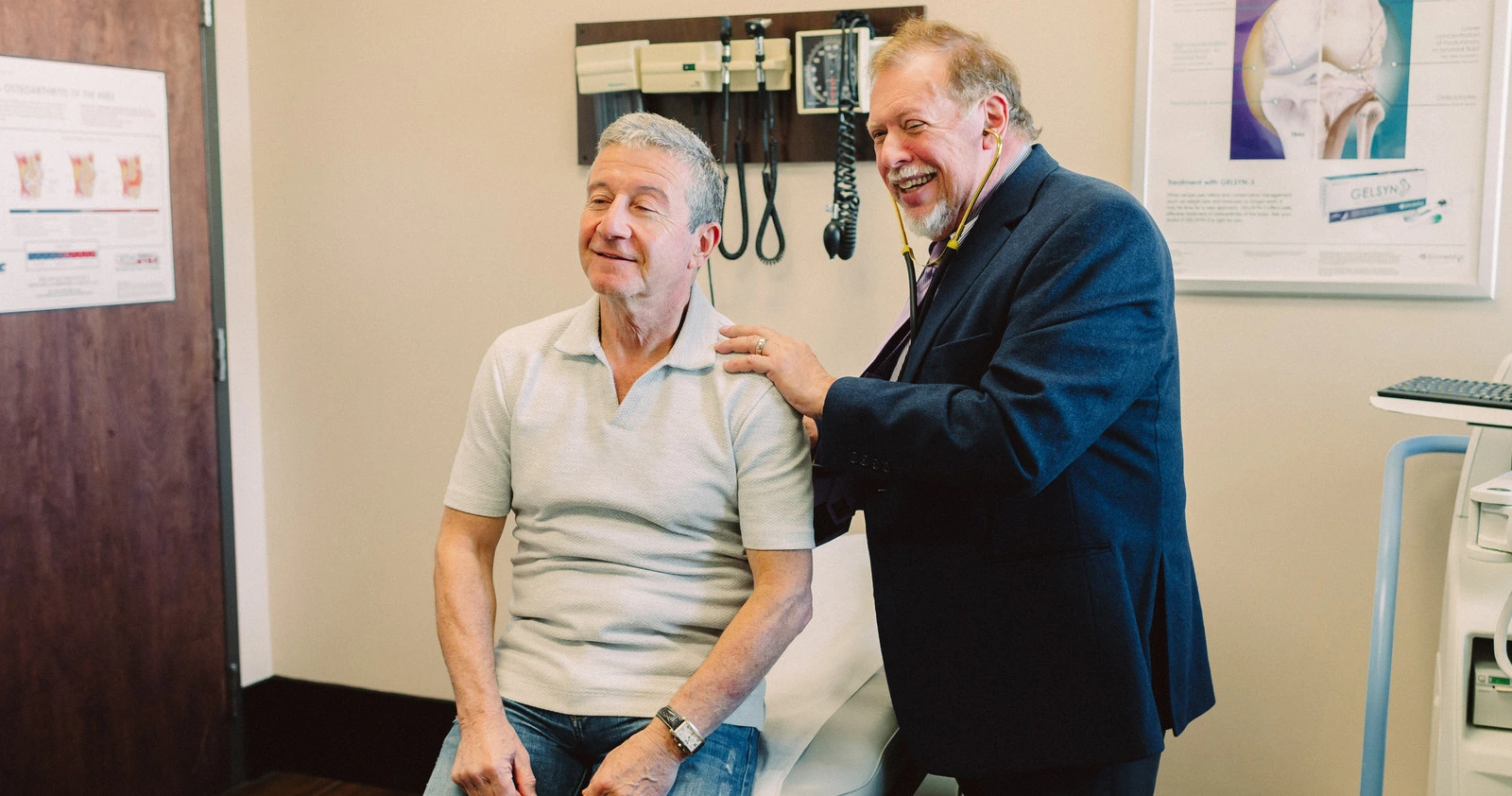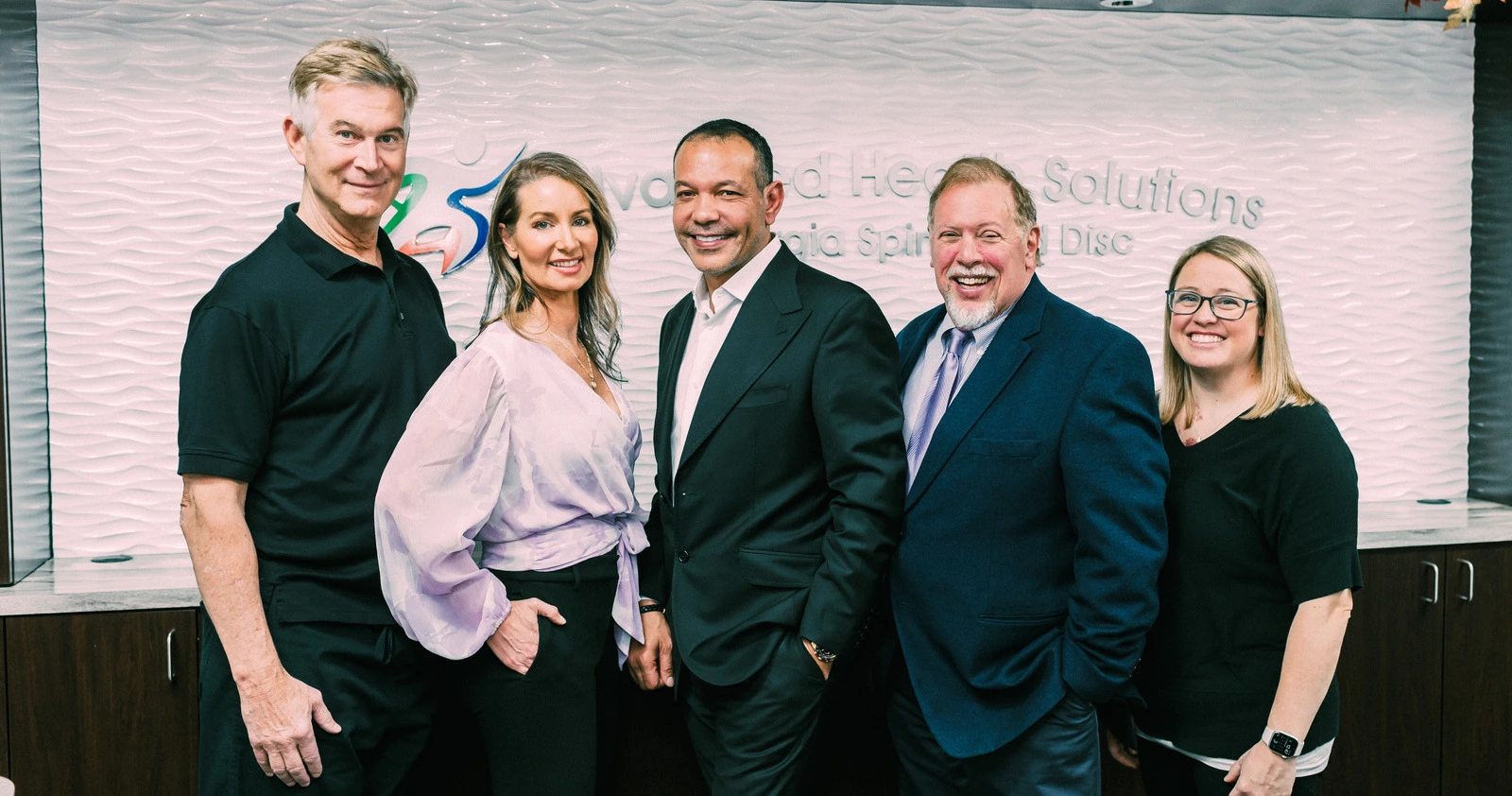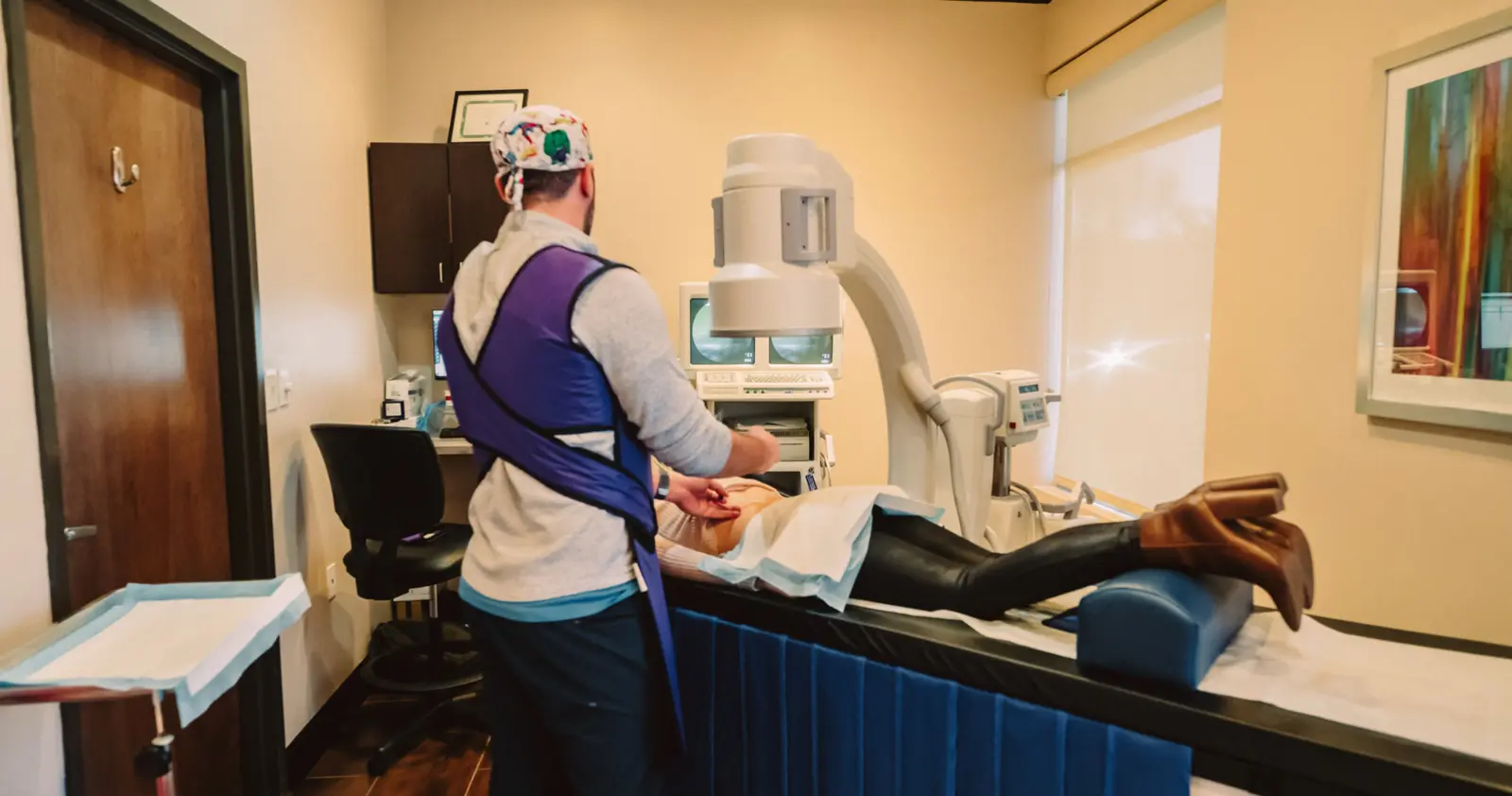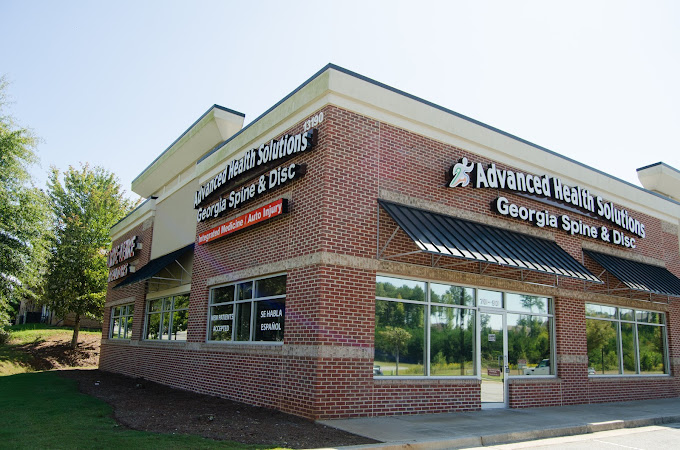
Spinal Decompression Treatment
Patients who suffer from chronic pain associated with bulging, degenerating, or herniated discs may benefit from spinal decompression treatment Woodstock. This type of pain, which can manifest as back or neck pain itself as well as associated pain in the arms and legs, may have already been treated with traditional traction methods or even with spinal surgery to limited improvement. In these cases, a spinal decompression table that uses computerized sensors to perform stretching actions on the spine and promote healing may be uniquely effective.
Non Surgical Spinal Decompression Treatment
Nonsurgical spinal decompression is a type of motorized traction that may help relieve back pain. Spinal decompression works by gently stretching the spine, changing its force and position. Therefore, this change takes the pressure off the spinal disks, which are gel-like cushions between the bones in the spine, by creating negative pressure in the disc.
As a result, herniated or bulging disks may retract, taking pressure off nerves and other structures in the spine. This, in turn, helps promote the circulation of water, oxygen, and nutrient-rich fluids into the disks so they can heal.
Doctors have used spinal decompression to treat:
- Herniated or bulging disks or degenerative disk disease
- Injured or diseased spinal nerve roots
- Back or neck pain or sciatica, which is pain, weakness, or tingling that extends down the leg
- Worn spinal joints (called posterior facet syndrome)
What is Spinal Decompression Therapy?
Spinal decompression therapy, also known as non-surgical spinal decompression, is a treatment approach that utilizes spinal decompression tables to relieve pain by creating a scenario in which herniated or bulging disc tissue can move back into place and heal, alleviating the pain this condition causes.
Spinal decompression therapy aims to help patients suffering from debilitating pain due to herniated, bulging, or degenerating discs. It can also be used for the pain management and treatment of several causes of sciatica, worn spinal joints, and injured or diseased spinal nerve roots.
Spinal decompression therapy
The therapy itself works to stretch the spine, using a spinal decompression table or other device, to create negative pressure and space within the disc to allow disc fluid to move back into place. This creates an environment in which the disc can receive more nutrients and therefore, heal itself effectively and more quickly.
The primary goal of spinal decompression treatment Woodstock is to relieve the patient’s chronic back, neck, arm, and/or leg pain, and to heal the source of the pain. Spinal decompression therapy is also referred to as nonsurgical decompression therapy since it’s often used as a safe, affordable, and extremely effective alternative to spinal surgery.
The distinction between surgical and nonsurgical spinal decompression is an important one, as a surgical spinal procedure is often considered the last option, while spinal decompression therapy is a safe treatment at any stage of back pain.
The most common spinal decompression surgeries are microdiscectomy and laminectomy, which present a greater risk of complications or failure.
What is a Spinal Decompression Table?
A spinal decompression table is the main tool used in nonsurgical spinal decompression therapy. There are two main types of spinal decompression tables: one with cable and pulley systems that create pull on the patient’s body, and decompression tables that consist of an upper and lower body portion that move independently from one another. The latter type of table is much more effective at preventing muscle guarding and is what we recommend to achieve the best possible results.
The patient is strapped to the table using a harness, with other props such as pillows used to keep the patient comfortable and the spine in the correct position for decompression. Once the patient is in place, the table program is enacted and the two parts of the table begin to pull apart from one another.
Depending on the type of decompression and the physicality of the patient, the poundage of the pull can range between just 5 pounds for a cervical decompression protocol and 100 pounds or more for lumbar decompression on a larger patient.
The technology involved differentiates spinal decompression tables from other methods of decompression like inversion. Modern spinal decompression tables have sensors that indicate whether a patient’s muscles are guarding against the stretch being applied by the table.
As the muscles resist the stretch, the table reduces the poundage of the pull gradually until the muscles relax, then begins to pull again. A decompression table, by taking resistance into account, can more effectively relieve pressure in your spine and ultimately provide relief.
How Spinal Decompression Therapy Works
Spinal decompression treatment Woodstock uses a computerized table technology to create negative intradiscal pressure in the spine. A decompression table has two parts that move independently of one another.
During setup, our spinal decompression specialist chooses a decompression program that is best suited to your needs. The right program for you will depend on your diagnosis as well as how you have responded to previous treatments.
As the decompression table stretches your spine, it creates negative pressure in the spinal discs, which can result in the repositioning or retraction of the disc material, providing pain relief. Additionally, the lower pressure within the disc can cause an influx of healing nutrients to the disc in your spine, to promote further relief even when you’re not on the table.
One of the hurdles to administering effective decompression with manual techniques is the fact that the body naturally resists the stretch, known as muscle guarding. With a spinal decompression table, the sensors can detect when your muscles are resisting the stretch applied and release the tension, ensuring that the maximum decompression is achieved.
Candidates for Spinal Decompression Therapy
Anyone suffering from back pain related to herniated or bulging discs may be a candidate for spinal decompression therapy, but only a chiropractor or other healthcare practitioner specializing in the musculoskeletal system and trained as a decompression specialist can make this determination upon assessing a patient.
While most patients come for spinal decompression therapy at our medical center after they have tried other treatments and didn’t find relief, including surgery, this is not a prerequisite.
There are some contraindications for spinal decompression, including:
- Pregnancy
- Broken vertebrae
- Metastasized cancer
- Spinal tumor
- Spinal fusion
- Osteoporosis
- Patients with artificial discs or other spinal implants
It’s essential that every patient is fully examined and a medical and health history taken before beginning spinal decompression treatment Woodstock.
Spinal Decompression Alternatives
As with any healthcare issue, spinal decompression therapy with a decompression table isn’t the only option for facet syndrome, herniated or bulging discs, or other back pain issues. Indeed, most patients who benefit from spinal decompression therapy do so only after other options have failed to offer them relief.
Here are some alternatives to spinal decompression therapy:
- Manual Chiropractic Manipulation
- Physical Therapy
- Pharmaceutical intervention
- Yoga
- Acupuncture
- Steroid injections
- Invasive Surgery
Depending on the patient and their condition, these alternatives may not be effective. Knowing the complete health history of a patient and doing a thorough evaluation of their current condition will help to recommend the right treatment approach.
Some chiropractors who practice spinal decompression therapy will also recommend other concurrent therapies, such as exercise, nutritional plans, heat or cold therapy, stretching, and more, which may help patients achieve better results.
Results for any spinal decompression therapy will vary depending on the patient and the doctor. Moreover, the costs associated with each protocol depend on the extent of treatment and medical insurance coverage.
Spinal Decompression Treatment
To learn more about spinal decompression treatment Woodstock and to know if you’re a candidate, contact Advanced Health Solutions – GA Spine & Disc today.
Call us at (770) 212-3991 or fill out our online contact form to book an appointment.
Spinal Decompression Treatment


